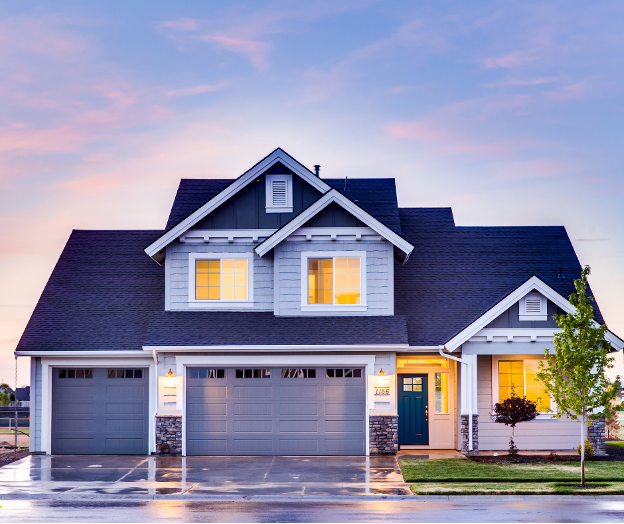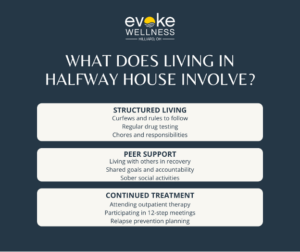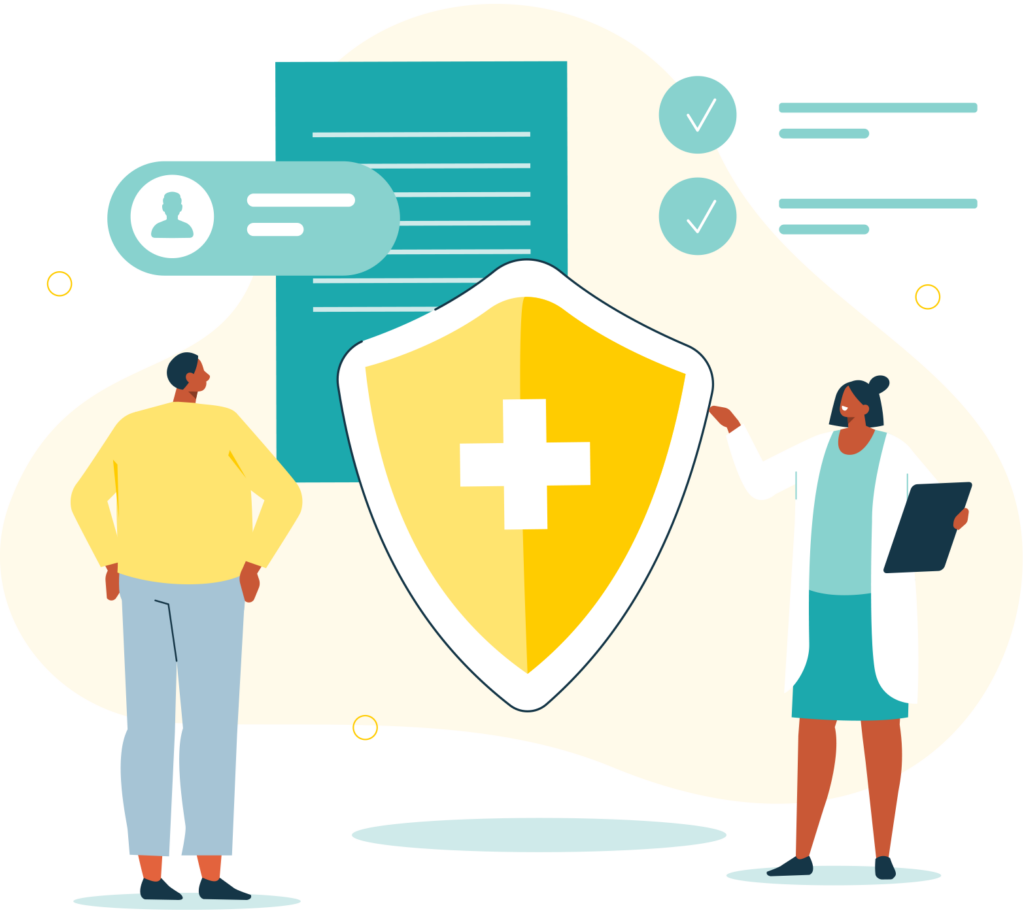You’ve completed your inpatient rehab program and now face the critical next step of choosing a halfway house that will support your ongoing recovery journey. Selecting the right aftercare option sets you up for success. Look for a program offering key features like 12-step meetings, relapse prevention skills, addiction therapy, and specialized help if you’re a veteran. As you take this important step, remember that you’ve worked hard and made progress. The halfway house that’s the best fit will reinforce your strengths and fill any gaps with professional support. With commitment and courage, you can thrive.
What services do Evoke Wellness offer?
- Rehab aftercare programs that reinforce recovery skills learned in treatment.
- 12-step addiction treatment programs and group meetings.
- Relapse prevention programs focused on coping strategies.
- Specialized programs like veterans programs or addiction therapy.
If you or a loved one is considering treatment, Evoke Wellness at Hilliard invites you to contact us. Our compassionate team is ready to answer your questions, discuss your needs, and help you take the first steps toward recovery. In Hilliard, you’ll find more than just a treatment program – you’ll discover a community dedicated to your wellness and success. Together, let’s embrace the journey to recovery and the promise of a new beginning. Call us at (833) 949-1347 today or reach out online.
What Is a Halfway House?
A halfway house provides a transitional living environment for individuals recovering from addiction. It serves as a crucial step between inpatient treatment and independent living.
A Structured Setting
- Provides a safe, sober living space away from previous triggers
- Enforces rules like curfews, chores, and random drug testing
- Promotes personal responsibility and life skills development
Continued Support
- Requires participation in outpatient treatment or 12-step meetings
- Offers counseling, peer support groups, relapse prevention
- Helps residents find employment, housing, and rebuild relationships
In a halfway house, you live with others working towards the same recovery goals. This transitional period allows you to apply coping strategies and life lessons from rehab before fully reintegrating into society.
Different Types of Transitional Housing in Recovery
Sober Living Homes
- Alcohol and drug-free environments
- Peer support and accountability
- Rules and structure to maintain sobriety
Halfway Houses
- Court-mandated or voluntary programs
- Supervision and support services
- Transitional housing after inpatient treatment
Recovery Residences
- Democratically run, self-supported homes
- Emphasis on peer support and mutual aid
- Varying levels of services and structure
Oxford Houses
- Self-run, self-supported recovery homes
- Rented housing in residential neighborhoods
- Focus on overall lifestyle change
Each type provides a stable living situation to help prevent relapse. The level of support and independence varies based on your needs and stage of recovery.
What Can I Expect in This Program?
When you enter our halfway house program, you’ll embark on a transformative journey towards lasting recovery. Our comprehensive offerings are designed to support your transition and equip you with the tools for sustainable sobriety.
Structured Living Environment
We provide a structured living environment that fosters accountability and personal growth. You’ll have the opportunity to develop essential life skills and establish healthy routines.
- Shared housing with peers in recovery
- Regular drug testing and monitoring
- Curfews and household responsibilities
Therapeutic Services
Our program integrates evidence-based therapies and counseling services to address the underlying issues contributing to addiction.
- Individual and group therapy sessions
- Cognitive-behavioral therapy (CBT)
- Trauma-informed care and relapse prevention strategies
Community Support
Cultivating a strong support system is crucial for long-term recovery. We facilitate connections within our recovery community and encourage active involvement in local support groups.
- 12-step meetings and peer support groups
- Recreational activities and outings
- Volunteer opportunities and community service
Aftercare Planning
As you progress through the program, our team will work closely with you to develop a comprehensive aftercare plan. This plan will outline strategies and resources to maintain your sobriety after leaving the halfway house.
By participating in our program, you’ll gain the skills, support, and confidence necessary to navigate the challenges of early recovery and pave the way for a fulfilling, sober life.
What Does Living in a Halfway House Involve?
Living in a halfway house provides a transitional and supportive environment after completing an inpatient addiction treatment program. You’ll experience:
This stable, substance-free setting allows you to practice sober living skills before fully reintegrating into society. With the right halfway house, you increase your chances of maintaining sobriety long-term.
What Is the Average Length of Stay at a Halfway House?
Typical Program Duration
The average length of stay at a halfway house can vary significantly. Most programs aim for a minimum stay of 3-6 months. However, longer durations of 6-12 months are quite common as well.
Individualized Approach
The ideal duration ultimately depends on your unique situation and progress. Many halfway houses take an individualized approach – extending or shortening stays based on your needs and recovery journey.
Key Factors
Several factors influence length of stay, including addiction severity, relapse risk, support system, employment status, and co-occurring mental health issues. With commitment and sustained sobriety, you may transition back into independent living sooner.
Typical Rules for a Halfway House
When living in a halfway house during addiction recovery, there are some common rules to follow.
Curfew
- Most halfway houses have set curfew times, usually around 10 or 11 pm.
- You must be inside the facility and accounted for by this time each night.
Chores & Responsibilities
- Residents are typically assigned daily chores to maintain the living space.
- This builds accountability and a sense of community.
Sobriety Requirements
- Complete sobriety is mandatory – any substance use can lead to dismissal.
- Regular drug testing helps enforce this policy.
Program Participation
- You’ll be expected to actively engage in counseling, group therapy, or other treatment programs.
- Consistent participation in recovery activities is essential.
In just 100 words, this overview covers some of the most prevalent halfway house guidelines around curfews, chores, sobriety, and program involvement. Following the rules allows you to focus fully on your recovery journey.
Benefits of Halfway Houses
You’ll find that halfway houses provide a vital bridge between inpatient treatment and independent living. They offer a sober, structured environment to ease your transition back into the community after rehab.
Continued Support
- Halfway houses extend the support system from treatment into daily life.
- You’ll have access to counselors, peer groups, and accountability partners.
- This ongoing guidance and monitoring lowers relapse risk.
Sober Living
- Halfway houses are drug and alcohol-free living spaces.
- This refuge from temptation gives you a safe, trigger-free environment.
- You can focus fully on recovery without access to substances.
Life Skills Practice
- At a halfway house, you’ll practice essential life skills like budgeting and meal planning.
- You’ll gain experience with responsibilities like chores and a job search.
- This transitional period rebuilds self-sufficiency before living fully independently.
With their combination of structure, support, and real-world practice, halfway houses help increase your chances of lasting sobriety. Take advantage of this invaluable stepping stone in your recovery journey.
Frequently Asked Questions About Halfway Houses
What is a halfway house?
- A halfway house provides a transitional living environment for individuals recovering from addiction or completing rehabilitation programs.
- It offers a structured, substance-free setting with support services to help residents reintegrate into society and maintain sobriety.
How long can I stay?
Length of stay varies, but most halfway houses have time limits ranging from 90 days to a year. The goal is to provide temporary housing while transitioning back into independent living.
Are halfway houses affordable?
Costs can range widely based on location, services and funding sources. Many accept private insurance, offer sliding-scale fees based on income, or have state-funded beds available.
Conclusion
As you can see, there are many factors to consider when choosing the right halfway house for your needs. The most important thing is finding a program that supports your continued recovery with evidence-based therapies, peer support, and tools to prevent relapse. Take time touring facilities, ask questions, and trust your gut – you know what environment will set you up for success. Though the road ahead has challenges, the right aftercare program will equip you with the strength and wisdom to walk it, one step at a time. Your recovery matters, and you deserve support. Believe in yourself and your ability to build the life you want. The hard work begins now, but you are not alone.
Begin Your Journey with Evoke Wellness at Hilliard
If you or a loved one is considering treatment, Evoke Wellness at Hilliard invites you to contact us. Our compassionate team is ready to answer your questions, discuss your needs, and help you take the first steps toward recovery. In Hilliard, you’ll find more than just a treatment program – you’ll discover a community dedicated to your wellness and success. Together, let’s embrace the journey to recovery and the promise of a new beginning. Call us at (833) 949-1347 today or reach out online.



